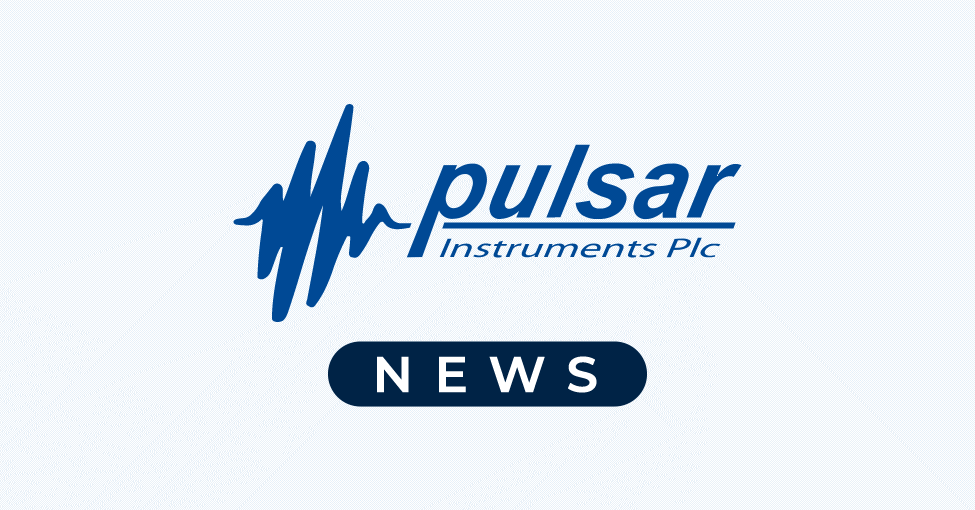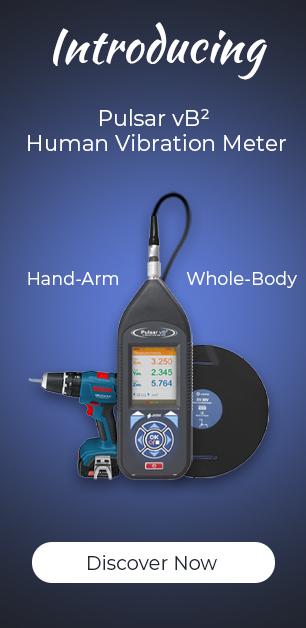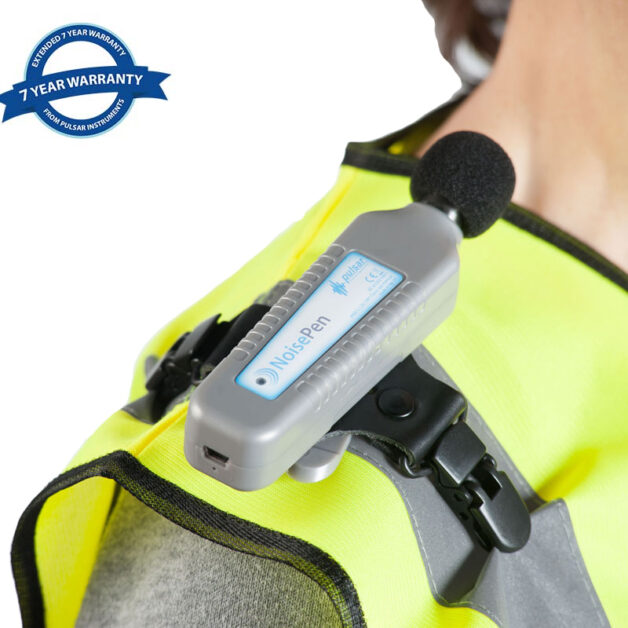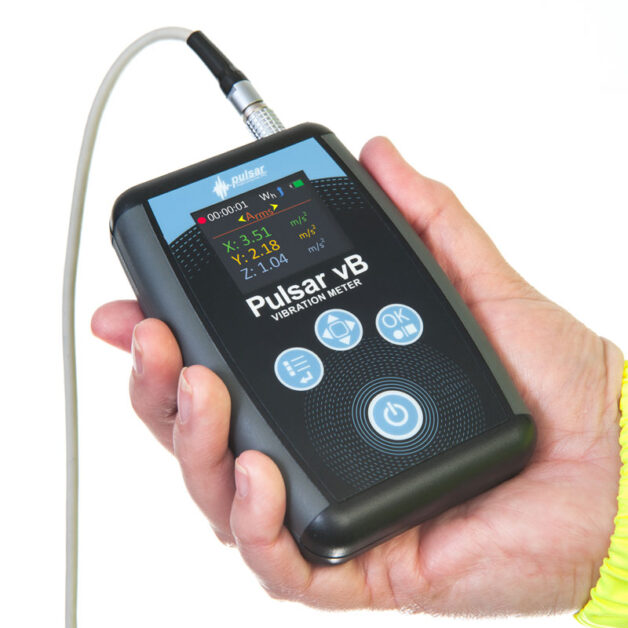According to the Health and Safety Executive in the UK, the construction industry remains one of the worst offenders when it comes to noise-induced hearing loss. Construction or demolition sites have many noisy operations and can be a significant source of noise exposure. While it may be disappointing, it should not come as a huge surprise that the incidence of hearing loss in construction or demolition is so high when compared to that in other industries. There are many reasons why noise levels and exposure to noise in these work environments are difficult to measure and control, so while companies and HSE professionals might think they are doing enough to safeguard workers’ hearing, in actual fact, they could do more.
Here are some of the factors that make the prevention of hearing loss in construction challenging:
- Many construction or demolition sites are outdoors and the working environments are constantly changing, causing a great deal of variation in the level and intensity of the noise
- This type of work is often seasonal and tasks and shift patterns can vary massively
- Several tools and pieces of heavy equipment can be in operation at the same time
- The noise is not always continuous, but often consists of a series of repetitive loud, impulsive sounds
- The wearing of hearing defenders can be discarded in dangerous situations in order to remain alert to any warning signals or sirens
The regulations currently in place recommend that noise is controlled at its source, but this is not always practicable.
Unless you account for all these factors, you cannot be certain that you are monitoring workers’ noise exposure to the required level of precision. Here we have put together a few tips to help you get around common problems when taking steps to prevent noise-induced hearing loss in construction.
Construction noise measurement strategies
In order to comply with the noise regulations, you will need to measure noise levels regularly using a compliant sound level meter. However, for the reasons outlined above, handheld noise measurement devices are not always the best solution in practice. If you are looking to monitor the workers’ average noise exposure throughout the day, but their jobs involve a lot of movement from one location to the next, a clip-on personal noise exposure meter such as the Pulsar Model 22 may be a more practicable option.
In addition, you could measure the noise emitted during each individual task to analyse and identify the noise source that is causing the damage, if anything. This is particular relevant in environmental noise studies where distinct tones need to be identified and controlled. Ideally, any data should be used to reduce the noise intensity at source or, if this is not possible, select appropriate hearing protection.
Most industries seek to implement measures of control as a preferable route to hearing protection although it should be noted that under the Regulations in the UK, these are mandatory when noise exposure is at or exceeds 85dB(A). Hearing protection should be the last resort and only used if other control strategies to reduce noise levels can’t be achieved.
As an alternative and where possible, noisy tools, plant and equipment (e.g. old/pneumatic power tools) should be replaced with quieter models (e.g. new/electric ones). However, since many companies hire equipment or use sub-contractors that bring along their own, this is not always possible. It is also difficult to design sound dampening kits for equipment used in construction, and few such solutions exist. Some noisy processes and machines might be isolated by means of sound barriers if possible. Equipment should undergo regular maintenance to help reduce noise levels.
However, the most effective way to protect against noise-induced hearing loss in construction is most often through careful site management. Where possible, noisy tasks should be avoided, carried out in short bursts, rotated around the workforce and/or scheduled for when few workers are in attendance. Hazardous areas and equipment should be clearly demarcated with posters explaining the type of hearing protection required. In addition, several options for hearing protection should be offered so that workers can select the one that they find most comfortable.
You should ensure that workers are fully aware of the danger of noise-induced hearing loss in construction. Initial training should be provided for new staff upon induction to the company, with annual refresher training thereafter. Avoid showing your workforce that same dated video year in, year out; instead, try to keep it current with real life stories and news items if possible, and run a quiz afterwards to make sure they have taken in and retained all the necessary information. Additional information is available from the HSE website which can be ordered or downloaded and left for workers to read in their own time in a communal area such as a canteen.
Often, all it takes is a bit of rust to turn a mechanical whirr into an ear-splitting din. Protective measures should thus be reviewed on an annual basis to ensure that they are consistent with the regulations. Yearly hearing tests should also be implemented so that any problems can be detected and addressed before they can cause any further damage. Records should be kept for future reference.
If you or your company requires professional noise measurement strategies to help prevent noise-induced hearing loss in construction or demolition, Pulsar Instruments can help. We have a wide range of compliant sound level meters, personal sound exposure meters and associated equipment to suit virtually every workplace application both indoor and outdoor. We also deliver workplace noise awareness and product competency training.
If you are interested in finding out more, email [email protected] or to discuss your specific requirements, call us on 01723 518011.




